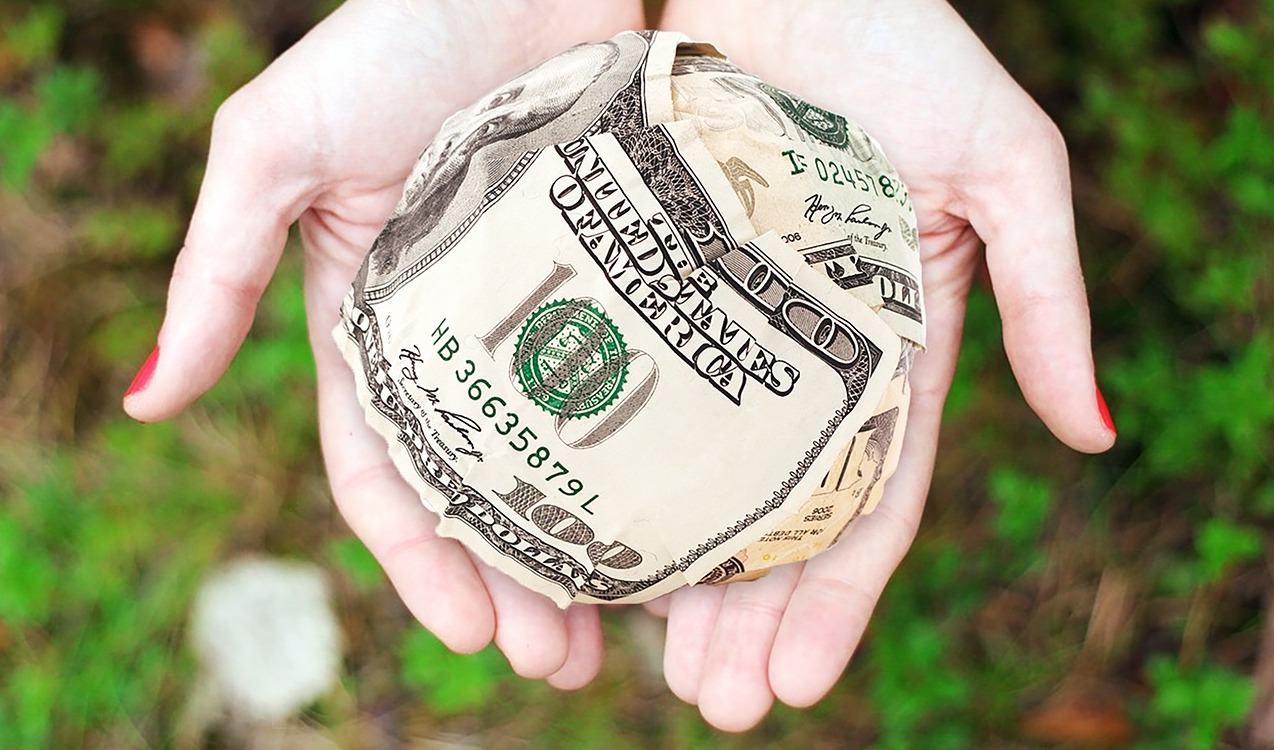Sustainability and an Emerging New Fundraising Paradigm

There has been a lot written lately about the state of the fundraising industry. The numbers are in and overall giving in 2018 was up 1.6%! But take a closer look and the numbers are concerning. Between 2003-2013 contributions from those making less than $100K went down 34% at the same time as donations among those making more than $100K went up 40%.

Here are the latest trends according to the Fundraising Effectiveness Project:
- Overall retention is down (6%)
- Number of donors is down (5%)
- New donors are down (7%)
- Retained new donors are down (15%)
- New donor retention is down (4 percentage points)
- Lapsed reactivation rates are down (over 10%)
We all hope this will eventually turn around, but what would happen if we continue down this same path? According to Nick Ellinger with DonorVoice, over the next decade, organisations will lose 57% of an average donor file. That’s twice the drop in the average donor file from 2005-2015. That could be devastating for many traditional direct marketing programs.
There are several other trends taking place that would support the possibility of trends continuing their fall. First, is a major population shift. The baby boomer generation peaked in 1999 with 79 million members. Millennials will peak at 81 million, however the next group, Gen-X, only has 65 million members. A case can be made that the trend in number of donors will continue to decline for another generation making acquisition of new donors more difficult and more costly.
Secondly, giving is shifting more and more to the wealthy. According to the Fundraising Effectiveness Project, 4% of donors are now giving 76% of total revenue. “The headline may show an increase in giving, but that increase masks some serious long-term trends that are presenting huge challenges to the sustainability of fundraising and philanthropy,” said Elizabeth Boris, chair of the Growth in Giving Initiative of the FEP.
Total giving of gifts of $1,000 or more increased by 2.6 percent while gifts in the $250 to $999 range dropped by 4 percent and gifts of less than $250 declined 4.4 percent. Giving is increasing because of larger gifts from richer donors. Smaller and mid-level donors are slowly but surely disappearing. Despite this reality, many organisations are investing more in acquisition, mailing more cultivation appeals and chasing revenue today. The net result is a downward spiral.
So, what is the new path? I think there are three strategies that will lead to long-term sustainability.
- An all-out focus on stewardship. Despite all the research, articles and blogs written on the subject, most organisations have not taken this seriously. This is not about a better thank you letter, but truly delighting the donor and maximising her experience and enjoyment of giving. By investing in stewardship, retention will increase and slow the rate of attrition. That gives you more time to ramp up the two recommendations below.
- Integrating and investing in your middle and major donor programmes. If the trends and future direction are clear, why do so many organisations continue to mail the same package to the same audience year after year. Now it makes sense to shift budget from those small donor segments and invest significantly more in high value segments. There are many cases where a $100 donor giving 1 gift in the last 12 months is treated exactly the same as a $100 donor who has given 30 gifts over the past 10 years. That may sound crazy, but it is probably more the norm because they each look the same using the standard RFM segmentation strategy. Giving is shifting to the higher end of the file so it makes sense to shift budget to that same segment.

- And that leaves the best opportunity: to ramp up your legacy giving programme. The transfer of wealth is starting to accelerate. The ageing population of the United States is propelling the nation toward a milestone: A historic increase in the number of deaths every year. According to the US Census Bureau, deaths are projected to reach more than 3.6 million in 2037, 1 million more than in 2015. As the nation’s baby boom cohort ages (the youngest are 53 this year), the number and percentage of people who die will increase dramatically every year, peaking in 2055 before levelling off gradually.
For organisations that have built large direct mail files over the past 3-4 decades, the opportunity is incredible. Imagine if you generated 5,000 planned giving leads a year. Let’s assume you close 10% of those with an average estate gift of $70,000. That’s $35 million! And that’s just 1 year.
The approach of churning and burning donors, treating them like ATM machines and chasing today’s revenue is rapidly declining as a viable strategy. Shifting to a longer-term strategy will be difficult for most organisations, but the winners of tomorrow will be those that take bold action today.
2 Comments
Stephen · June 25, 2019 at 23:43
Great Article. Support my Campaign.
erica waasdorp · June 27, 2019 at 13:36
Great article.. I figure monthly giving to fit in between better stewardship and midlevel donors. Also, it’s time to get back to basics people… that’s where it starts… Just because someone joins online doesn’t mean he/she doesn’t like to get anything in the mail…. or doesn’t like a phone call, we’re still human beings and connecting is bigger than ever before.